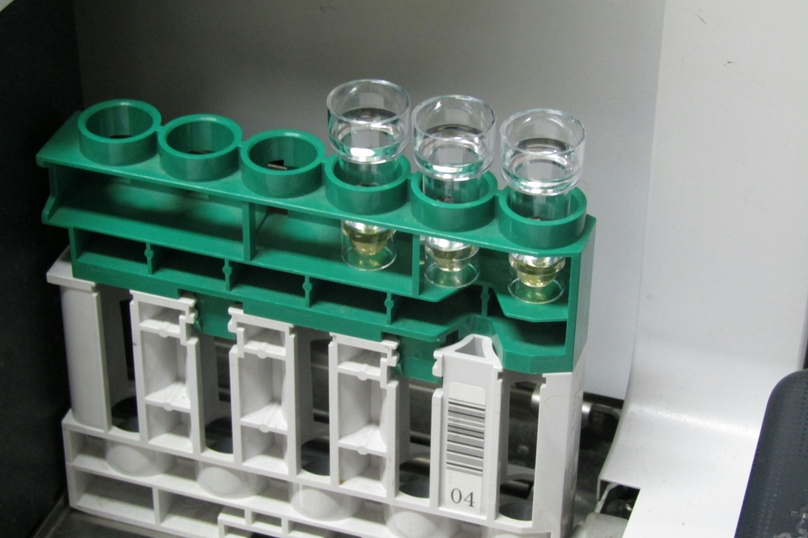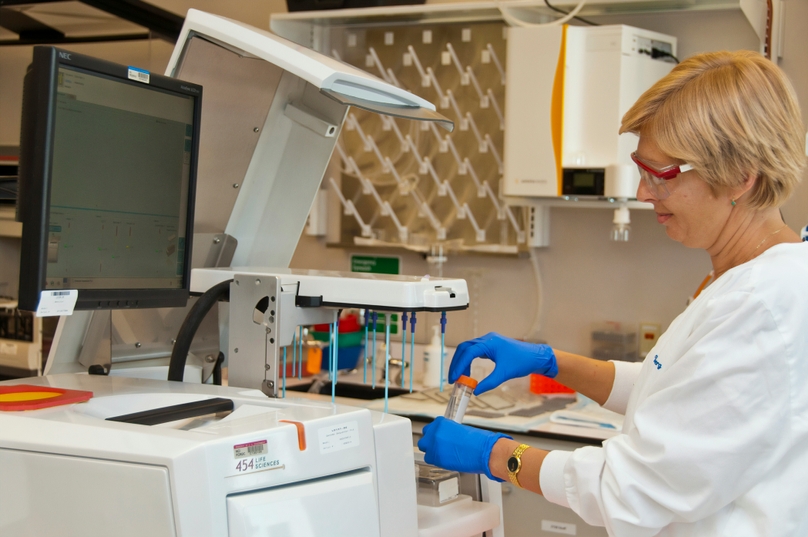Relocating a research lab involves more than just packing equipment and booking movers. It requires protecting years of scientific work, preserving the integrity of biological materials, and maintaining team productivity throughout the transition. Whether the goal is to scale operations or consolidate teams into a single facility, success depends on careful planning and reliable systems.
Genemod has supported numerous biotech and life sciences teams through relocations. Based on these experiences, this guide outlines a structured checklist designed to minimize disruption and ensure a smooth move—backed by the capabilities of modern lab management software.
Common Challenges During Lab Relocation
Several recurring challenges can compromise a lab move if not addressed early:
Transporting temperature-sensitive samples without impacting viability
Ensuring continuous access to experimental records and protocols
Requalifying precision instruments after transit
Reconnecting infrastructure such as servers, lab devices, and LIMS software
Tracking every asset to prevent loss or non-compliance
These issues underscore the importance of using centralized LIMS and ELN software to manage lab data and processes during the transition.
Your Lab Relocation Checklist
Each relocation will differ depending on the facility, research focus, and team structure. However, the following steps offer a reliable framework to reduce delays and ensure operational continuity.
1. Early Preparation and Team Coordination
Designate a relocation coordinator responsible for overseeing the process
Assemble a core team including lab managers, IT specialists, and safety officers
Define the scope of the move—identify what will transfer, and what will be retired or archived
Establish a clear move date and timeline, including buffer periods for unexpected delays
Conduct risk assessments and review compliance requirements for both the current and future sites
Using LIMS software and ELN software in advance of the move helps centralize data, assign roles, and document responsibilities clearly.
2. Inventory Review and Data Backup
Perform a complete inventory check: reagents, consumables, instruments, and assets
Label all items with barcodes or QR codes for easier tracking
Identify materials that require special packaging, storage, or transit conditions
Back up all research data—both locally and to secure cloud storage
Digitize standard operating procedures using ELN software if they are still paper-based
Maintaining real-time visibility through lab management software helps ensure that nothing is misplaced or duplicated during the move.
3. Logistics Planning
Partner with movers experienced in handling laboratory equipment and hazardous materials
Plan the layout of the new lab space, including freezer and power outlet placement
Coordinate with IT to prepare for reinstallation of systems and LIMS software
Schedule recalibration of equipment after relocation
Procure necessary packing materials, such as shock-absorbing containers and temperature-controlled transport units
4. Freezer and Sample Relocation
Rank sample priority based on stability and research timelines
Arrange for dry shippers or validated cold chain transport
Set up backup power and temperature monitoring at the new location prior to arrival
Communicate temporary access limitations to collaborators and regulatory bodies
Best practice is to relocate freezers last and install them first. Using data loggers to monitor temperature fluctuations during the move adds an extra layer of protection.
5. Moving Day Execution
Assign staff to supervise packing, transit, and receiving activities
Monitor sample conditions in real time
Confirm all equipment is placed correctly and powered safely
Complete initial connectivity checks for databases and LIMS systems
Begin equipment requalification procedures
6. Post-Move Recovery and Documentation
Validate functionality of monitoring systems, alarms, and instruments
Resume experimental activity and data backups without delay
Cross-check physical inventory against the digital records maintained in the LIMS
Update documentation and SOPs with the new facility’s information
Conduct a debrief with the team to gather feedback and identify areas for improvement
Conclusion: Supporting Science Through Seamless Relocation
A well-executed lab move ensures that valuable research continues without interruption. With the right processes in place—and support from dependable lab management software—teams can manage relocations with clarity and confidence. LIMS and ELN software provide the structure needed to maintain compliance, safeguard data, and stay productive from one facility to the next.
Genemod’s platform is purpose-built to support lab moves, digitize inventory, and streamline scientific workflows. For teams preparing to relocate, the right tools make all the difference.


















